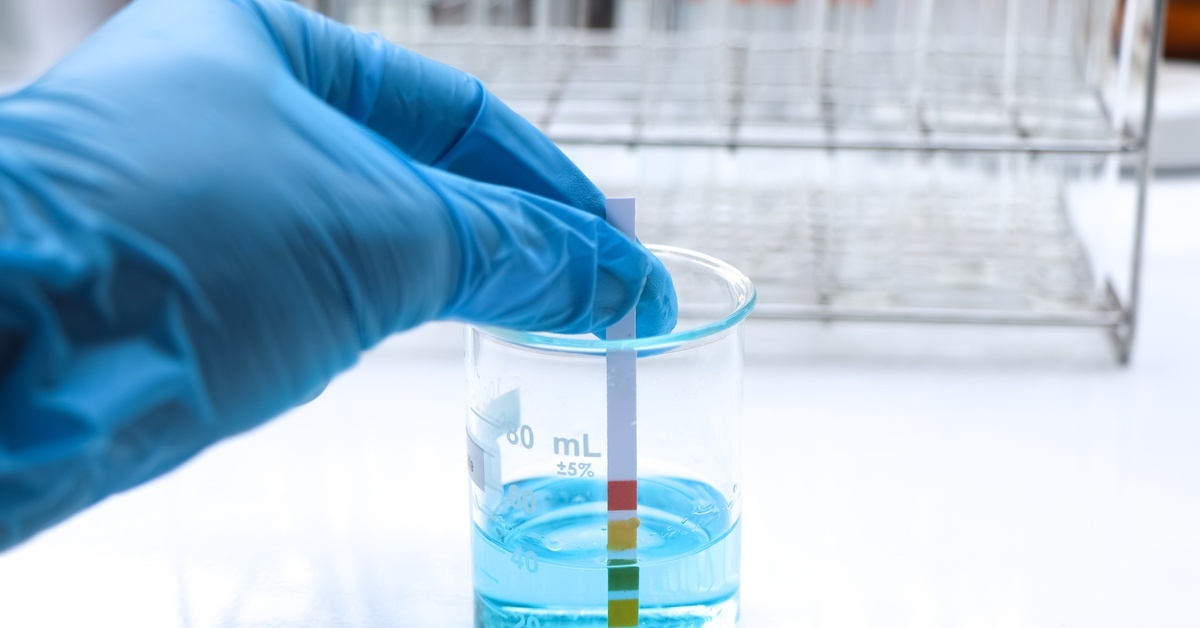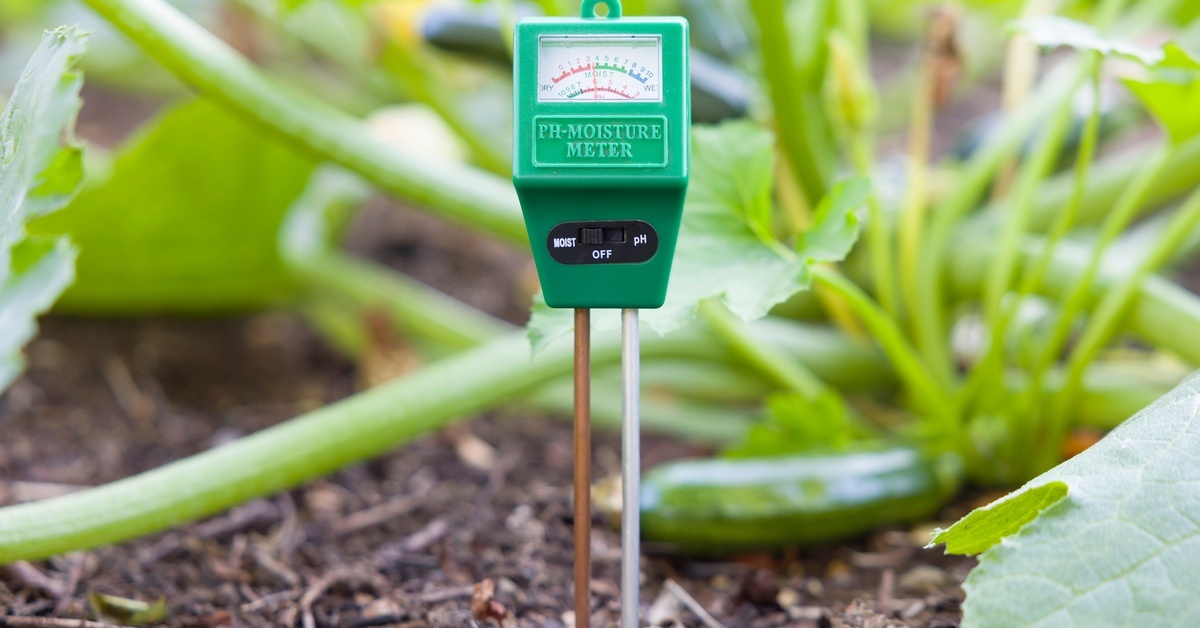The Impact of pH on Chemical Stability in Lab Experiments
Maintaining precise control of pH in laboratory experiments is a fundamental aspect of chemistry and directly impacts the stability of chemicals and reactions. pH can change outcomes drastically. Read on to learn the impact of pH on chemical stability in lab experiements and gain practical strategies to refine your protocols, from carefully preparing reagents to exploring mechanisms of precipitation.
What Is pH and Why Is It Essential in Chemistry?
pH, a measure of the concentration of hydrogen ions (H⁺) in a solution, determines whether a substance is acidic, neutral, or basic. It is critical across chemical and biological studies due to its influence on various processes. We measure pH on a logarithmic scale ranging from 0 to 14, making it an indispensable parameter in maintaining consistent outcomes in experiments.
Chemical and biological systems are exceptionally sensitive to small changes in pH. Processes such as enzyme functionality, ion solubility, and reaction kinetics link directly to an environment’s pH. Thus, understanding and controlling pH is at the heart of reliable experimental practice.
Understanding Chemical Stability
Chemical stability refers to the ability of a substance to retain its chemical structure and functionality over time. From complex organic molecules to robust inorganic compounds, stability is pivotal to ensure accuracy in experimental results and the longevity of materials.
Factors influencing chemical stability range from temperature and humidity to the presence of light and, most importantly, pH. Chemical substances degrade or interact undesirably if placed outside their ideal range in pH environments.
For example, in the pharmaceutical industry, pH-controlled environments extend the shelf life of unstable compounds. This correlation is equally critical when handling scientific lab supplies used in sensitive experiments.
The Effect of pH on Chemical Reactions
A solution’s pH dramatically alters reaction rates. Acidic or basic environments may accelerate or inhibit reactions depending on the nature of the chemical participants. For instance, the hydrolysis of esters, a common reaction in organic chemistry, is significantly faster under alkaline conditions compared to neutral environments.
pH also influences the equilibrium conditions within chemical systems. Depending on the system’s dynamics shifts, pH favors the forward or reverse reaction. In complex precipitation reactions, pH changes dictate whether a compound stays dissolved or forms sediment.

Mechanisms Behind pH Influence
As many compounds and chemicals include hydrogen bonds, the change in ion pH has significant effects. The primary mechanisms involve protonation and deprotonation, where the gain or loss of a hydrogen ion results in structural and electronic changes within molecules. These changes affect bond strength, molecular geometry, and reactivity.
Proteins may denature, losing their function entirely if exposed to pH conditions that disrupt hydrogen bonding within their structures. Similarly, changes in pH alter oxidation states in inorganic compounds, leading to undesirable chemical transformations.
The Role of pH in Solubility
pH is integral to the solubility of many compounds. Weak acids and bases often show pH-dependent solubility, where neutralizing charges either increase or decrease their solubility. This phenomenon is critical in pharmaceutical and environmental chemistry.
Precipitation reactions in heavy metal ion analyses or organic dye dissolutions commonly involve pH adjustments. Take metal hydroxides, for instance. By increasing the pH of a solution, these hydroxides may precipitate from the solution, forming insoluble deposits. Such experiments underscore the importance of tailored pH controls in laboratory workflows.
Buffers and Their Stabilizing Effect
Buffers are essential tools for maintaining constant pH levels. Various experimental protocols use these solutions widely as they resist changes in pH upon adding small amounts of acid or base.
Commonly used buffer systems, such as phosphate buffers in biochemical applications or acetate buffers for organic synthesis, ensure that conditions remain stable even during complex and long-running experimental setups. A great example is enzyme reactions, where a loss of pH stability can result in significant reductions in catalytic activity.
Experiments Showing pH’s Role in Stability
Various factors cause experimentation to quickly go from stable to unstable. Practical implementation illustrates the impact of pH on chemical stability in lab experiments well. Consider the following experiments that show pH’s role in stability.
- Acid-base titration: A fundamental laboratory experiment demonstrating how dramatic shifts in pH dictate equivalence points.
- Enzyme reactions: Enzymatic activity often peaks within a specific pH range, such as pepsin operating in acidic gastric conditions.
- Environmental chemistry: Studies on soil and water pH reveal the wide-reaching influence of acidity and alkalinity on ecosystems and pollutant behavior.
Each case demonstrates how meticulous pH management ensures reproducibility and provides meaningful insights from experimental data.

Organic vs. Inorganic pH Sensitivity
Organic and inorganic compounds react differently to variations in pH. Organic molecules, such as amino or nucleic acids, often exhibit ionizable groups and thus experience changes in charge distribution based on pH. This change directly affects their folding, interactions, and overall functionality.
On the other hand, inorganic materials, such as metals, are prone to pH-induced oxidation or reduction. For instance, iron may corrode at low pH due to increased hydrogen ion reactivity, significantly impacting material performance in industrial applications.
Preventing pH-Induced Degradation
Lab technicians prevent pH-induced degradation by incorporating proper storage and preparation protocols, such as storing materials in pH-neutral solutions or using protective coatings on vulnerable compounds.
Scientific lab supplies often include pH-calibrated storage solutions for this purpose, which maintains the stability of reagents while avoiding undesired chemical reactions. Additionally, using only consistent, high-quality buffers and regularly monitoring pH during experiments are basic but effective measures.
pH Monitoring Instrumentation
Precise pH monitoring is achievable with digital pH meters and chemical indicators. Modern pH meters deliver highly accurate and reproducible readings with consistent calibration. Chemical indicators, while less precise, are cost-effective and convenient alternatives for quick assessments.
Regular calibration with standard buffers, proper maintenance protocols, and robust quality control ensure accurate pH measurements, which are critical for maintaining experimental integrity.
Challenges in Managing pH
Several challenges come with managing pH in lab settings:
- pH Fluctuations often arise from environmental contamination or absorption of atmospheric CO₂.
- Improperly calibrated equipment yields unreliable results, impacting downstream experiments.
- Buffer breakdown leads to deviations in expected outcomes.
Implementing stringent pH monitoring protocols and routine troubleshooting practices is essential to prevent such complications.
Reinforcing Laboratory Protocols
pH awareness must be foundational to every lab’s standard operating procedures. Staff training on pH equipment usage, troubleshooting, and recognizing the impact of pH variations on chemical stability vastly improves workflow efficiency and outcomes.
pH has a hand in nearly every corner of the chemical amphitheater, from reaction rates to solubility and beyond. Understand its nuances and leverage the right tools to ensure your experiments consistently produce accurate and reliable results.
Equip your lab with modern tools and integrate pH control processes into your daily practices. Seize the opportunity to explore the intricacies of chemistry while maintaining impeccable results.
Recent Posts
-
The Role of Desiccants in Protecting Hygroscopic Chemicals
Hygroscopic chemicals readily absorb moisture from the surrounding environment, leading to compromis …May 19th 2025 -
All About Pairing Containers With Corrosive Substances
Handling corrosive substances is critical in many industries, including manufacturing, pharmaceutica …May 12th 2025 -
Why Solvent Purity Is Crucial in the World of Chemistry
When producing accurate and reliable results in chemistry, solvent purity is non-negotiable. Many se …May 11th 2025




